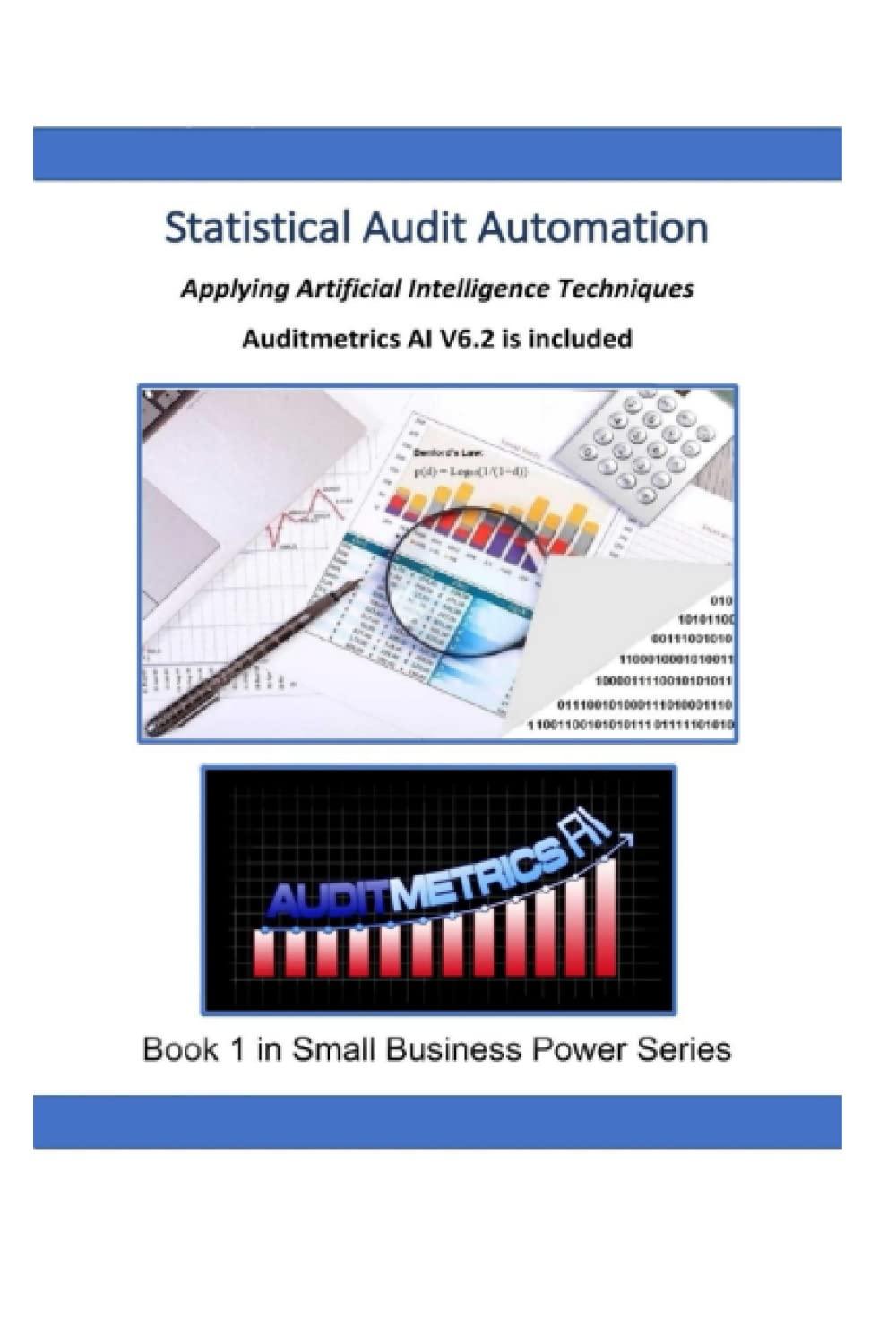Answered step by step
Verified Expert Solution
Question
1 Approved Answer
8. Determine whether the taxpayer has received taxable income in each of the following situations. Explain why any amount(s) may be excluded: a. Jim

8. Determine whether the taxpayer has received taxable income in each of the following situations. Explain why any amount(s) may be excluded: a. Jim is an employee of Fast Tax Prep, Inc. All employees of Fast Tax Prep are eligible for a 50% discount on the preparation of their income tax return. Jim's tax return preparation would normally have cost $300, but he paid only $150 because of the discount. b. Mabel is a lawyer for a large law firm, Winken, Blinken, and Nod. Winken pays Mabel's annual license renewal fee of $400 and her $300 annual dues to the American Lawyers' Association (an organization that Winken requests all its employees to join). Mabel also takes advantage of Winken's educational assistance plan and receives payment of the $6,000 cost of taking two night school courses in consumer law. c. Lori Company runs a nursery near its offices. Employees are allowed to leave their children at the nursery free of charge during working hours. Nonemployees may also use the facility at a cost of $700 per month per child. Dolph is an employee of Lori with 2 children who stay at Lori's facility while Dolph is at work. d. At the sporting goods store where Melissa works, her employer allows all employees to buy goods at a 40% discount. Melissa pays $300 for camping and fishing supplies that retail for $500. The goods had cost her employer $250. 9. Cindy's employer has instituted a flexible benefits program (FSA). Cindy will use the plan to pay for her daughter's dental expenses and other medical expenses that are not covered by health insurance. Cindy is in the 25% marginal tax bracket and does not itemize her deductions. She estimates that the medical and dental expenses will be within the range of $2,000 to $3,000. She wants to "be safe" and plans to put $3,000 in the flexible benefits account (the maximum contribution in 2023 is $3,050). a. If her actual expenses are $3,500, what is her cost of underestimating the expenses? b. If her actual expenses are $2,500, what is her cost of overestimating her expenses? c. When you compare Cindy's cost of underfunding as compared with the cost of overfunding the FSA, what advice would you give her about funding the account?
Step by Step Solution
There are 3 Steps involved in it
Step: 1

Get Instant Access to Expert-Tailored Solutions
See step-by-step solutions with expert insights and AI powered tools for academic success
Step: 2

Step: 3

Ace Your Homework with AI
Get the answers you need in no time with our AI-driven, step-by-step assistance
Get Started


